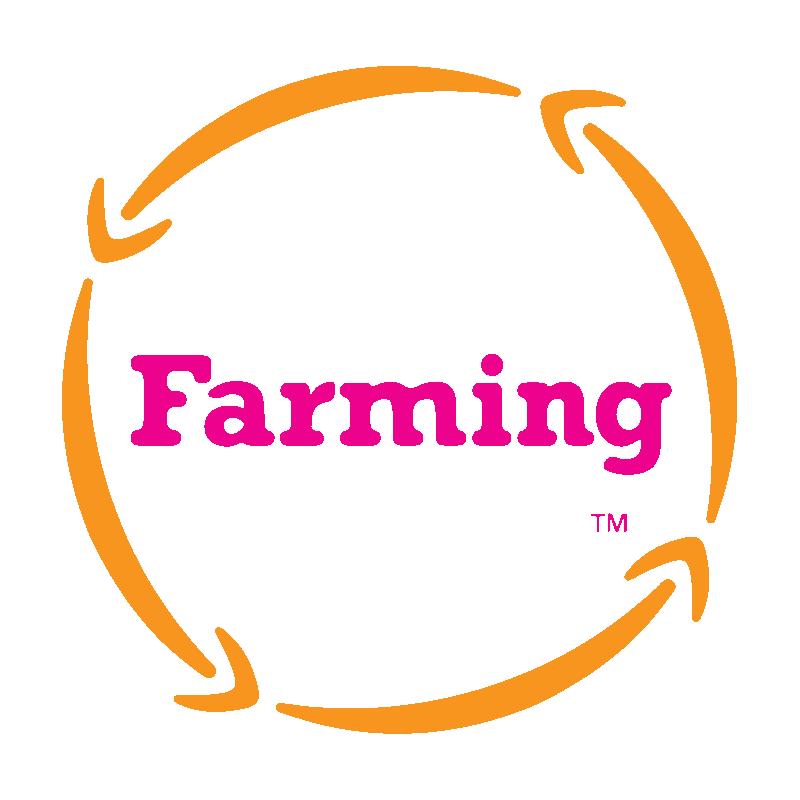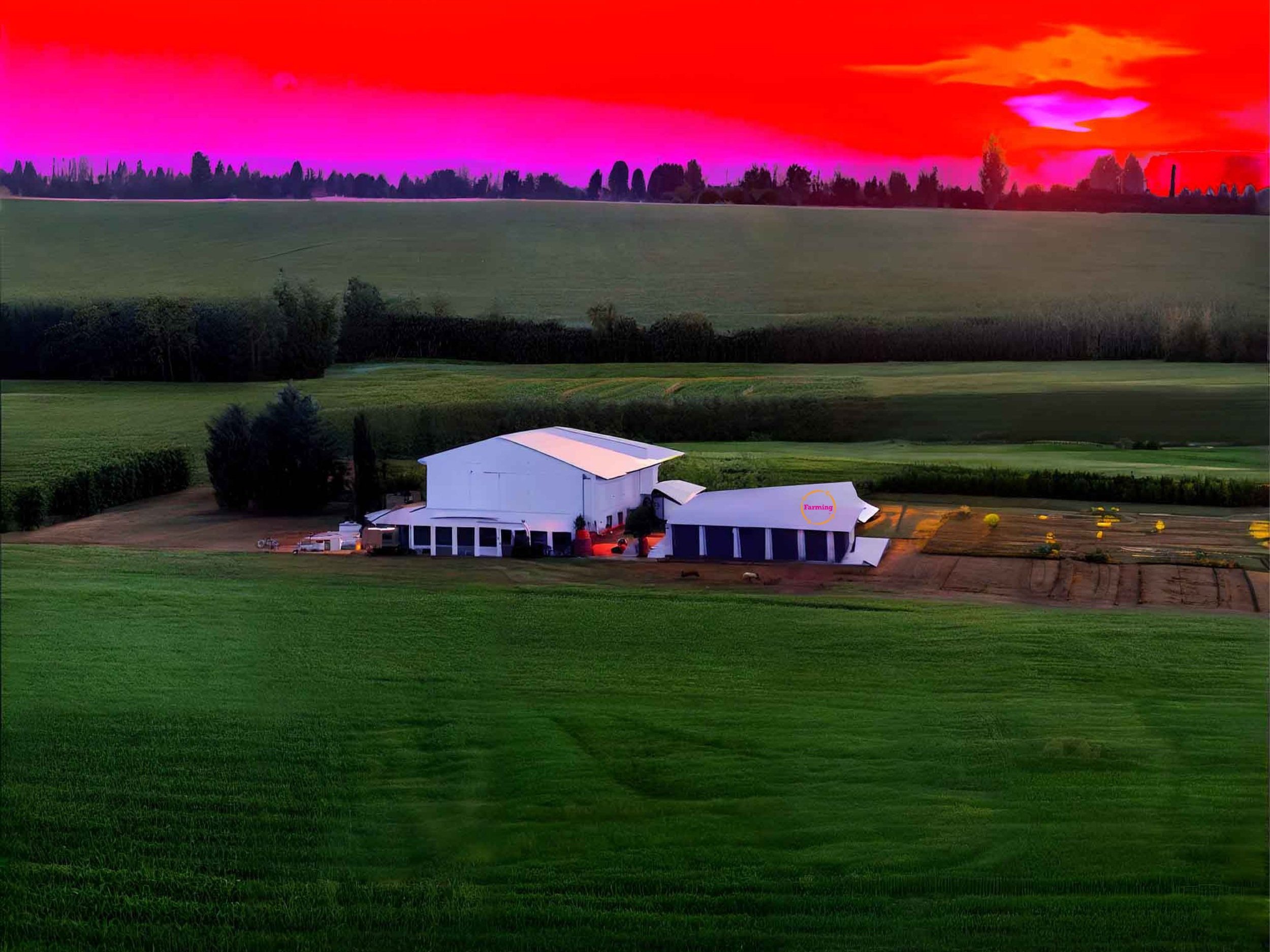Bugs
Bugs.
Among the early inspirations for our new work, Farming, was my desire to make a piece that lives in the sounds and the smells of upper Bucks County, where I grew up. By the 1960s, most of the farms up there concentrated either on dairy or corn, so the scents of the summer were a predictable mix of manure, grasses, and soil. (While the scents of Spring were considerably different: Lilac and Lilly of the Valley, Rose and Honeysuckle, Hyacinth, Forsythia, Pines of many kinds, and the more mildly aromatic Queen Anne’s Lace and Daisies, Pussy Willow, Dandelion and Crocus, Johnny Jump Up, Tawny Daylily, Quince, Cornflower, Blackberry, Raspberry, Strawberry, Black-Eyed Susan, Iris, …) And with the corn, the cows, the cats, the flowers, and manure, come insects and birds.
I spend my life with singers, thinking about sounds: why we sing, how, and when. The schedules of our songs are more flexible than those of our relatives that live among the unmowed weeds and wildflowers, the mowed grasses, the plowed fields, the trees, and cows. Human house-dwellers have gradually, over many years, disconnected from schedules that follow the sun and the seasons. Likewise, our songs, while having some “appropriateness to where and when,” can be sung anywhere, anytime. With recordings, we have made it possible for music to be ubiquitous (an unfortunate outgrowth of technology that diminishes the purpose and impact music can have on us). Our songs aren’t responding to the time of day or the position of the sun in the sky.
Animals, on the other hand, exercise a much more regimented schedule of songs, with little rehearsal, and not a lot of teaching. (We do know that many birds seem to “practice” their songs, knowing the best “singers” may wind up with the best mates.) Only the weather can interfere with the clock that locusts use to tell us that it is noon and the sun is directly overhead, or interrupt the unflinching routine of grasshoppers flickering in the late afternoon heat. They, like the crickets announcing the imminent transition to dusk, when swallows come alive, have a time and place to sing their songs. And, the insects and birds aren’t the only ones; if you listen closely, as night takes hold, you’ll hear the swallows and crickets joined by the soothing calling of frogs. Even the fireflies and bats join the orchestra, though, to us, they appear to be mostly silent.
Birds, with notable exceptions (swallows, owls) tend to be pre-dawn and sunshine, so they don’t play much of a role in the soundscape in this original, premiere version* of Ted Hearne’s Farming. Bees, too, and other valuable flying pollinators, tend to wind things down at about the time our invisible curtain will go up on Farming each evening. But, singing bugs will be there, waiting to join us and our noisy little show, with our electric guitars, drums, amplified keyboards, synthesizers, and voices, calling into question who belongs where, on this is the land of crickets and grasshoppers: land that is the subject of our new piece. Land that holds within it human history and food practice. Land of cultivation, of deforesting (a rather astonishing word when you think about it), of clearing, scraping, carving. Land that has been deeply cared for. Land that has been taken, awarded, stolen, bequeathed. Land onto which we bring workers to whom we grant temporary immigrant status, to get the work done. Land which has been good to us. Land which watches the insects, 80% of the world’s animal population, decline at a rate of nearly 2% per year. Land which most of us try to keep healthy, despite the changes we make. Land that still retains the same natural songs, chirps, hollers, that it did thousands of years ago, as it struggles to keep the balance.
In Farming the songs of humans and our insect relatives will come together, and they will lie in relief to one another. Our culture’s din of marketing and its ubiquity of commercial presentation – indeed, even that ubiquity of recorded, amplified music itself – is present in Ted’s mesmerizing, catchy songs, songs that stick with us. They are addictive. We can’t help but repeat them. They invite us to think, maybe even change us. They remind us, by focusing away from the natural world, that there is a vital, historical landscape of evolution in the songs of this field –odes to food and sex, sung by instinct –that is still functioning. Our relatives, mostly bugs, are surviving, some flourishing, others struggling.
What a privilege to be with them, among them, stepping aside for them, hoping for a restoration in the balance and a long crescendo in their singing to a point when the choir of their collective species will again not just compete with, but flourish next to, our songs.

